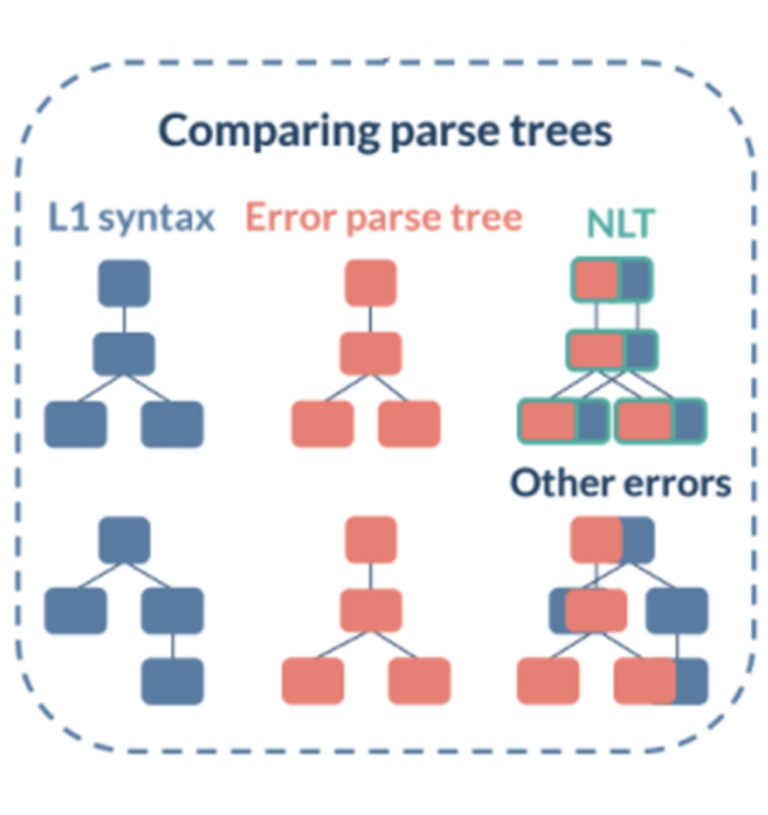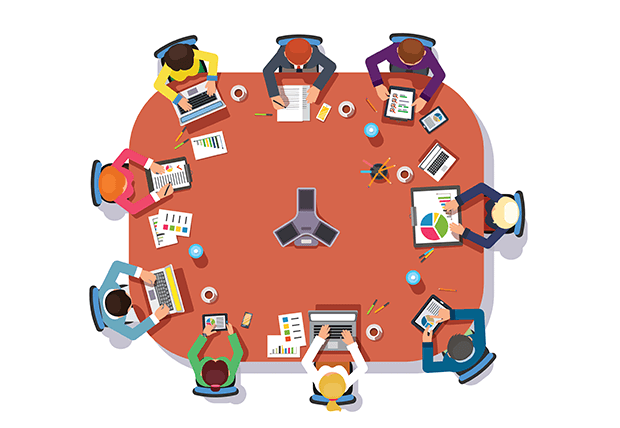Most computer-assisted language learning (CALL) systems have been developed to support privileged learners who want to acquire additional languages. A lack of appropriate supports for members of Indigenous communities continues to reinforce the message that knowing one’s Indigenous language is undesirable. Despite this messaging, many Indigenous people want to use technology to help them learn the language of their home community because technologies give them practice opportunities that are free from criticism.
To address this need, Dr. Carrie Demmans Epp, along with students Delaney Lothian and Daniela Teodorescu, are developing a CALL system to help people learn nehiyawewin (Plains Cree). We have created adaptive games to help people learn Plains Cree. We are trying to see how well these learning games support the development of learners’ knowledge of sound to character mappings for Plains Cree (nehiyawewin). To use an English example, can they sound out ‘cat’. The data collected from these studies will then be processed algorithmically to determine the difficulty associated with learning different sound to character mappings.
We will also work with a corpus of nehiyawewin materials that we collected to create a computer model that can be used to support other tasks (e.g., content sequencing). This model and the developed difficulty indices will be used to adjust the learning materials presented within the games.
Research Questions
Which sounds are hardest for students to learn?
How can we better sequence learning materials to make it easier to learn these more difficult sounds?




